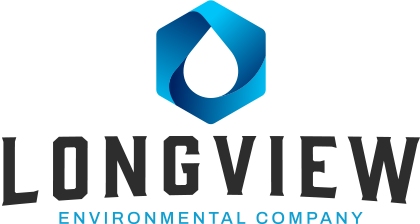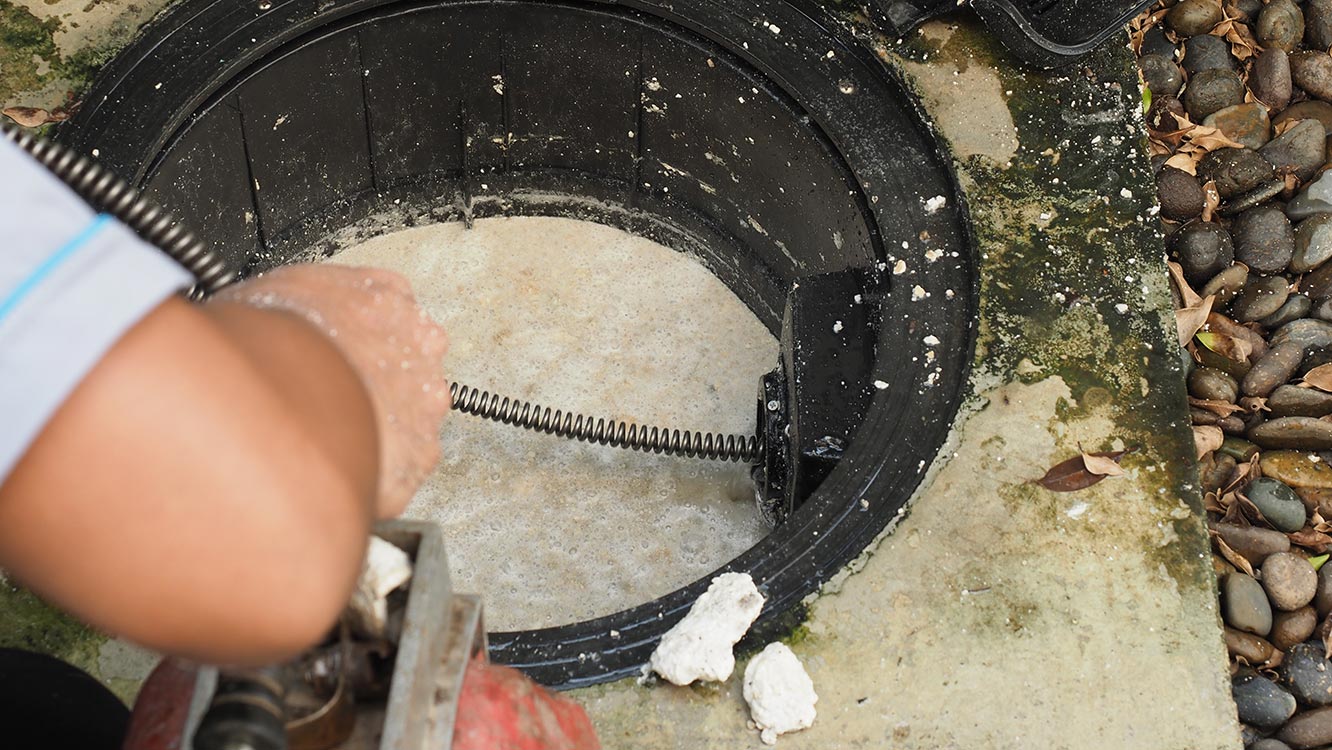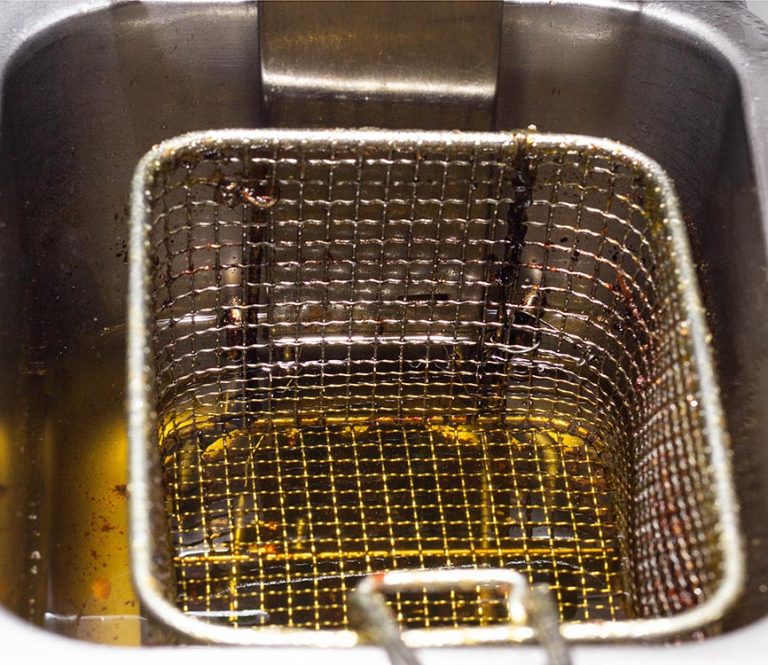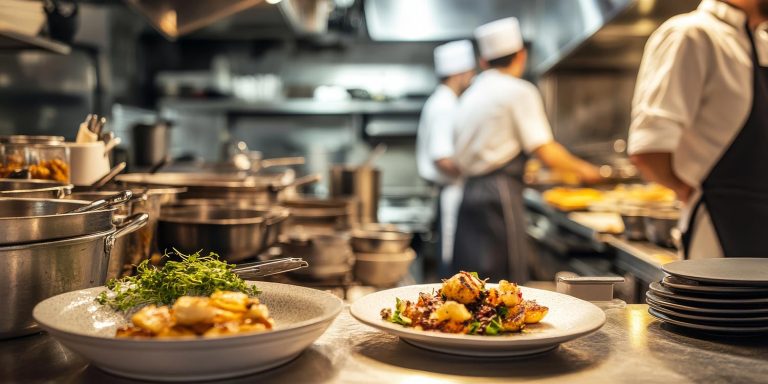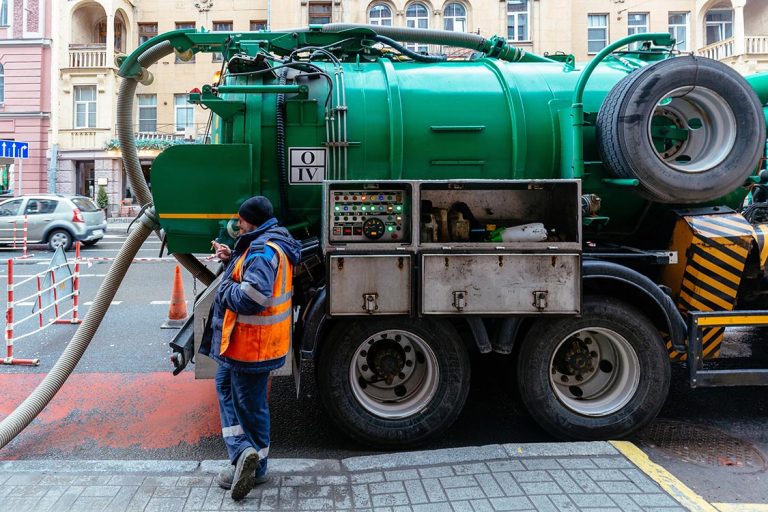The Real Cost of Ignoring Grease Trap Maintenance
Many restaurant owners and facility managers underestimate how much money they lose due to inconsistent grease trap maintenance. At first glance, the cost of hiring a professional grease trap service may seem like an added expense, but in reality, it is an investment that prevents much higher financial losses down the line.
Plumbing repairs caused by grease buildup can cost thousands of dollars. When grease solidifies and obstructs pipes, it leads to extensive damage requiring excavation, pipe replacement, and major plumbing work. Beyond repair costs, an unexpected plumbing emergency often means shutting down operations for hours or even days, leading to lost revenue and disrupted business continuity.
Health inspections pose an additional financial risk. Non-compliance with FOG regulations can result in hefty fines and even temporary business closures. For restaurants operating on tight margins, an unexpected fine can significantly impact profitability. In severe cases, businesses that repeatedly fail inspections may face long-term consequences, including increased regulatory scrutiny or loss of business permits.
How Routine Grease Trap Cleaning Reduces Operational Costs
A well-maintained grease trap directly contributes to cost savings in multiple ways. First and foremost, regular cleaning prevents grease from accumulating to the point where it obstructs water flow. This eliminates the need for emergency plumbing services, which typically charge premium rates for urgent repairs. A scheduled maintenance plan ensures that grease never reaches critical levels, keeping pipes clear and reducing the risk of sudden malfunctions.
Routine maintenance also improves kitchen efficiency. When sinks and dishwashers drain properly, staff can work faster and more effectively. A clogged grease trap forces employees to spend extra time dealing with standing water, slow drains, and sanitation issues, which reduces overall productivity. In a fast-paced commercial kitchen, every minute counts, and inefficiencies add up over time, impacting labor costs and service speed.
Proactive grease trap care also protects expensive kitchen equipment. Grease buildup can cause backflow issues that affect dishwashers, floor drains, and even ice machines. When these appliances are exposed to wastewater contamination, they deteriorate faster, leading to costly replacements and repairs. Preventing these issues with scheduled grease trap cleanings helps extend the lifespan of essential kitchen equipment, saving money on maintenance and replacement costs.
Calculating the Return on Investment of Professional Grease Trap Maintenance
Understanding the financial benefits of grease trap maintenance requires a simple cost comparison. A routine grease trap service typically costs a fraction of what a single emergency plumbing repair would. By investing in scheduled maintenance, businesses can avoid sudden, unpredictable expenses that disrupt budgets and eat into profits.
Consider a restaurant that experiences one major plumbing backup per year due to neglected grease trap cleaning. The average emergency plumbing repair can range from $2,000 to $5,000, not including lost revenue from downtime. In contrast, a grease trap maintenance plan costs significantly less per visit and ensures that these emergency situations never arise.
The return on investment (ROI) becomes even more apparent when factoring in compliance costs. Businesses that maintain clean grease traps avoid fines that can range from hundreds to thousands of dollars, depending on local regulations. Additionally, an efficiently operating kitchen leads to faster service times, improved customer satisfaction, and increased repeat business—all of which contribute to higher revenue.
Best Practices for Maximizing Savings Through Preventive Maintenance
To achieve maximum cost savings, businesses should adopt a preventive approach to grease trap maintenance rather than waiting for problems to arise. Establishing a regular cleaning schedule ensures that grease traps remain in optimal working condition, preventing costly buildups and potential breakdowns. The frequency of cleaning depends on the volume of grease a kitchen produces, but most commercial kitchens benefit from servicing at least once every one to three months.
Choosing a reliable grease trap service provider is essential for effective maintenance. Not all service providers offer the same level of expertise and thoroughness. A reputable provider will conduct not only routine cleanings but also inspections to identify early signs of issues before they become expensive problems. Partnering with a trusted company ensures that grease management remains consistent, efficient, and cost-effective.
Proper staff training also plays a significant role in reducing grease trap-related expenses. Educating kitchen employees on best practices for grease disposal helps minimize the amount of grease entering the trap in the first place. Simple habits, such as scraping excess grease from plates before washing and using strainers in sinks, significantly reduce the risk of buildup. When staff understand how their actions affect plumbing and kitchen efficiency, they become active participants in preventing costly maintenance issues.
Why Investing in Grease Trap Maintenance is a Smart Financial Decision
The decision to invest in grease trap maintenance is not just about compliance—it is about financial responsibility. A well-maintained grease trap protects businesses from unexpected expenses, improves operational efficiency, and extends the lifespan of kitchen equipment. The upfront cost of routine cleaning pales in comparison to the potential financial losses caused by plumbing emergencies, regulatory fines, and downtime.
Preventing these issues requires a proactive mindset. Business owners who view grease trap maintenance as a necessary investment rather than an optional expense position themselves for long-term success. By prioritizing scheduled cleanings and working with experienced professionals, they safeguard their kitchens against costly disruptions and create a more efficient, profitable operation.
If your business has not had a professional grease trap cleaning in recent months, now is the time to take action. Avoiding unnecessary expenses starts with a simple, cost-effective step—scheduling routine maintenance before minor issues escalate into major financial setbacks.
